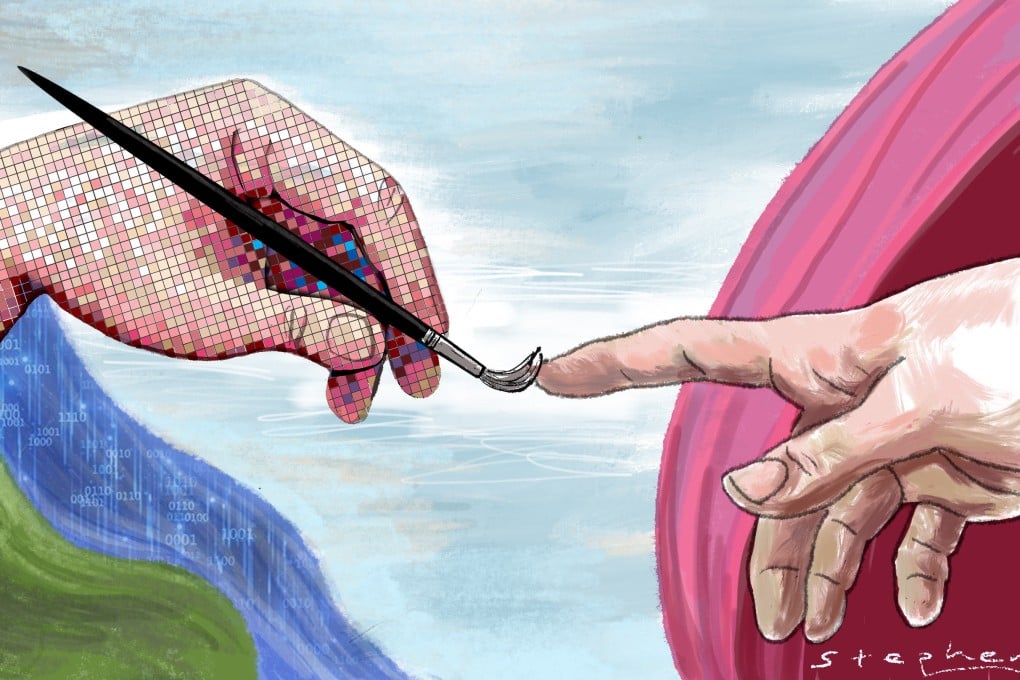Opinion | Can art generated by an unfeeling AI ever hope to move us?
- Generative AI can produce art and design much faster and more perfectly than humans ever could
- But it may be too reliant on biased search results from the internet, and it can never come up with truly great art – because it cannot feel like humans do

We were not worried. Because while supercomputers might foresee the next 100 moves in a finite environment with rules and restrictions, they could not generate creative content from scratch.
In the art and design world, we now have AI-powered visualisation plug-ins such as Veras, floor-plan adjustment software such as Testfit, and text-to-image tools such as Stable Diffusion, Midjourney and DALL-E2. We are advised to retrain to be manipulators of text prompts or left to risk losing our jobs.
Political scientist Ian Bremmer has described AI as a “weapon of mass disruption” and a top global risk this year. Over the years, other bright minds have also warned about the dangers of AI, including physicist Stephen Hawking, Tesla CEO Elon Musk and DeepMind founder Demis Hassabis. Specifically, they warned about the spread of misinformation and biases.

